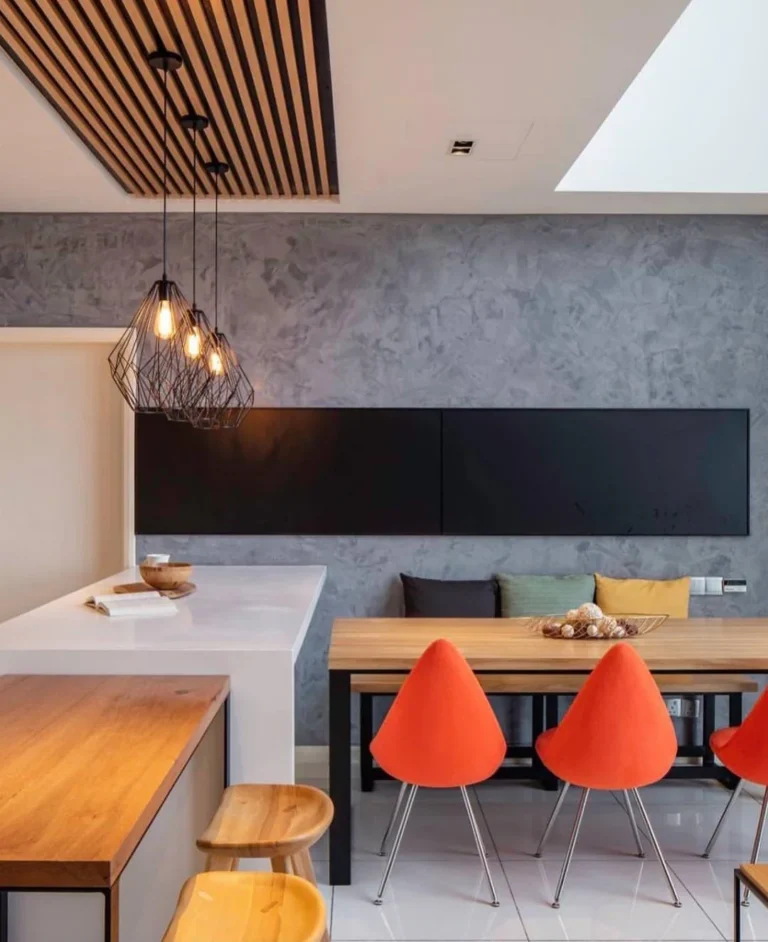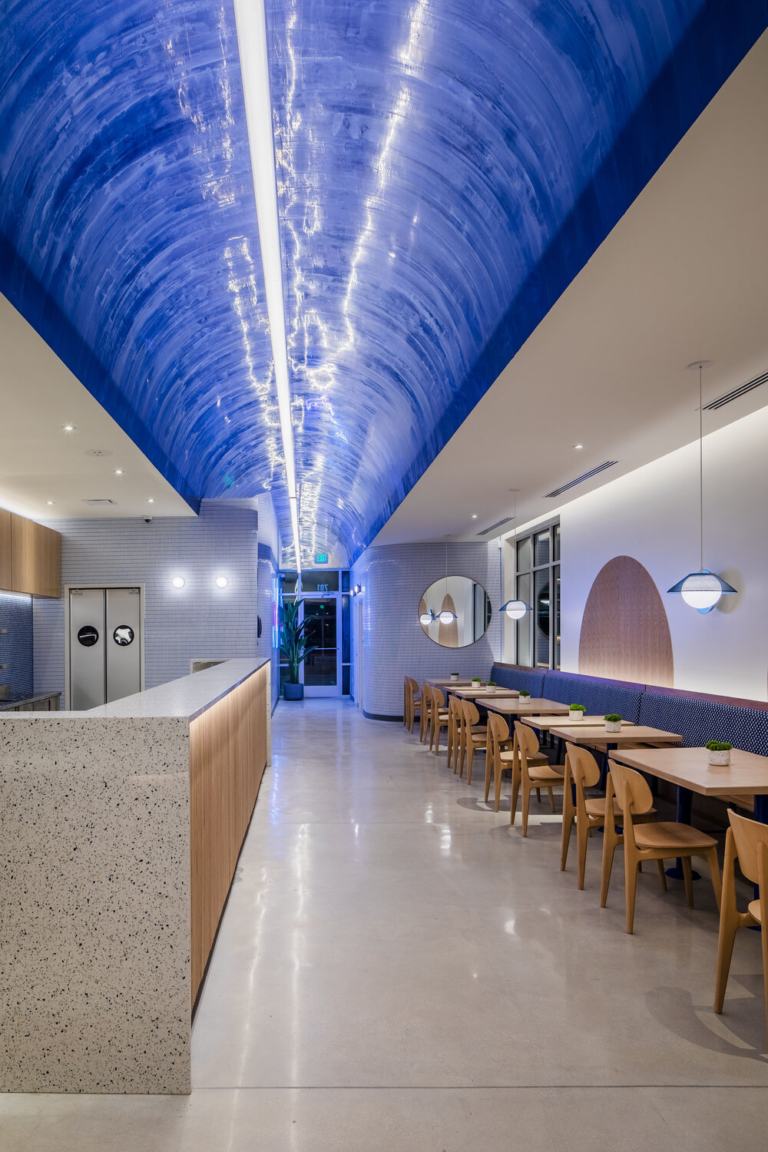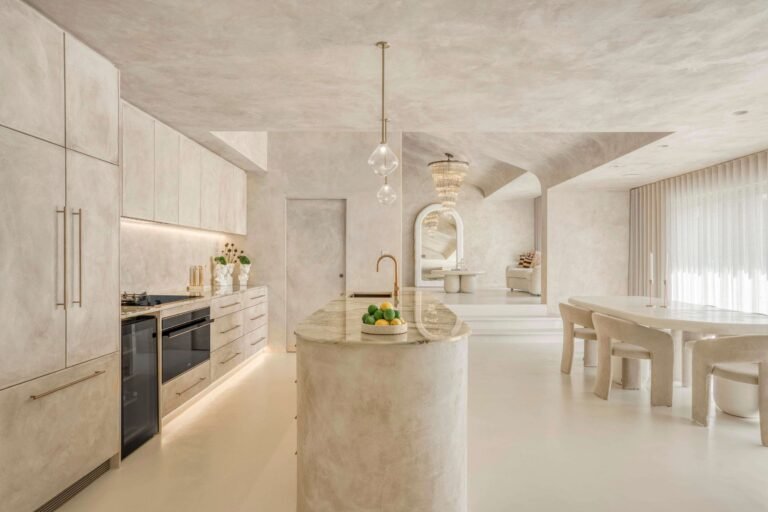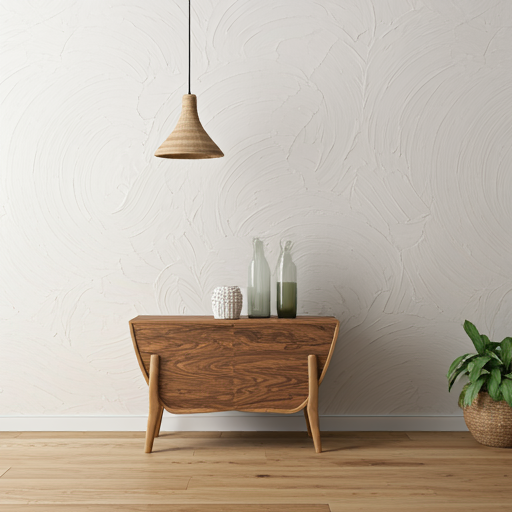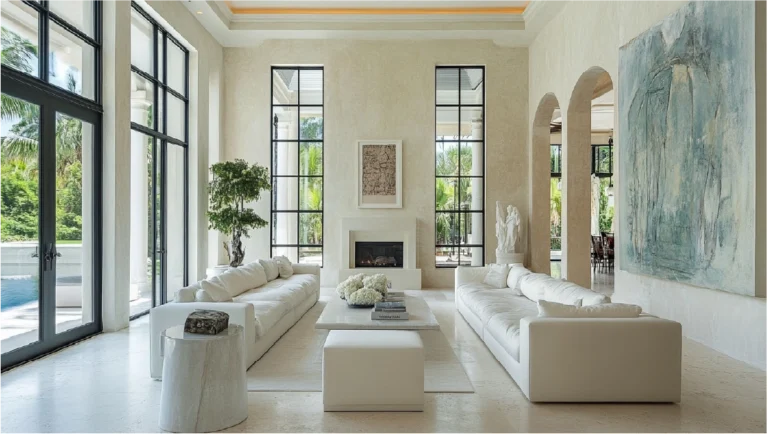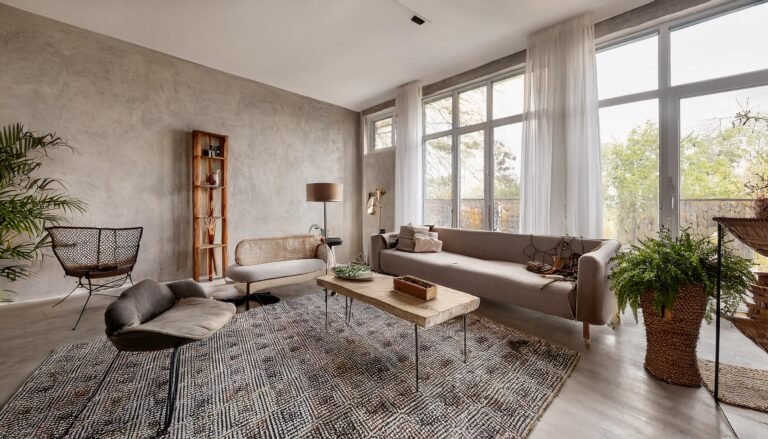Transforming Interiors with Venetian Plaster Walls: Design Inspiration
Are you looking for something that instantly adds sophistication, taste, and luxury? Venetian plaster walls will do that and so much more. Even celebrities like Drake have embraced this timeless technique, showcasing it in his recent home designed by the renowned artist Ferris Rafauli. It’s no wonder elegant homes and buildings worldwide are turning to Venetian plaster for its unparalleled beauty and charm.
I’ve been working with Venetian plaster for over 15 years, and its effect on wall finishes never ceases to amaze me. This decorative finish transforms ordinary walls into extraordinary focal points, from rich texture to unparalleled depth.
Whether revamping a single room or your entire home, Venetian plaster walls can provide that unique touch you’ve been searching for.
In this blog post, we’ll dive into the transformative power of Venetian plaster, providing design inspiration and practical tips for incorporating this stunning finish into your interiors. For even more inspiration, explore our article featuring 42 wall finish ideas. Now, let’s begin!
Integrating Venetian Plaster Walls into Various Architectural Styles
One of the most appealing aspects of Venetian plaster is its versatility. Whether your home features a minimalist, traditional, or eclectic design, Venetian plaster walls can seamlessly integrate and enhance your space.
This ancient technique isn’t just about creating a beautiful finish—it’s about adding depth, character, and warmth to any room. Here are some ways to apply Venetian plaster to suit different architectural needs.

Minimalist Interiors: Using Venetian Plaster to Add Texture and Warmth
In minimalist interiors, simplicity and clean lines are paramount. However, this can sometimes result in spaces that feel cold or sterile. Applying Venetian plaster lets you introduce subtle textures and a warm, earthy tone to your walls without disrupting the minimalist aesthetic.
Using a trowel, you can create a smooth, polished finish that adds a touch of elegance and sophistication. You can customize the color of Venetian plaster to match the neutral palette often found in minimalist designs, adding depth and interest without overwhelming the space.

Traditional Spaces: Enhancing Classic Architecture with Timeless Finishes
Traditional spaces often feature rich woodwork, ornate moldings, and classic architectural details. Venetian plaster is the perfect complement to these elements, offering a timeless finish that enhances the beauty of classic design.
When you apply Venetian plaster in traditional interiors, you can choose colors that reflect historical hues or opt for a more neutral palette to highlight the architectural details.
The trowel technique creates a textured surface that beautifully catches the light, adding dimension and a sense of history to the walls.
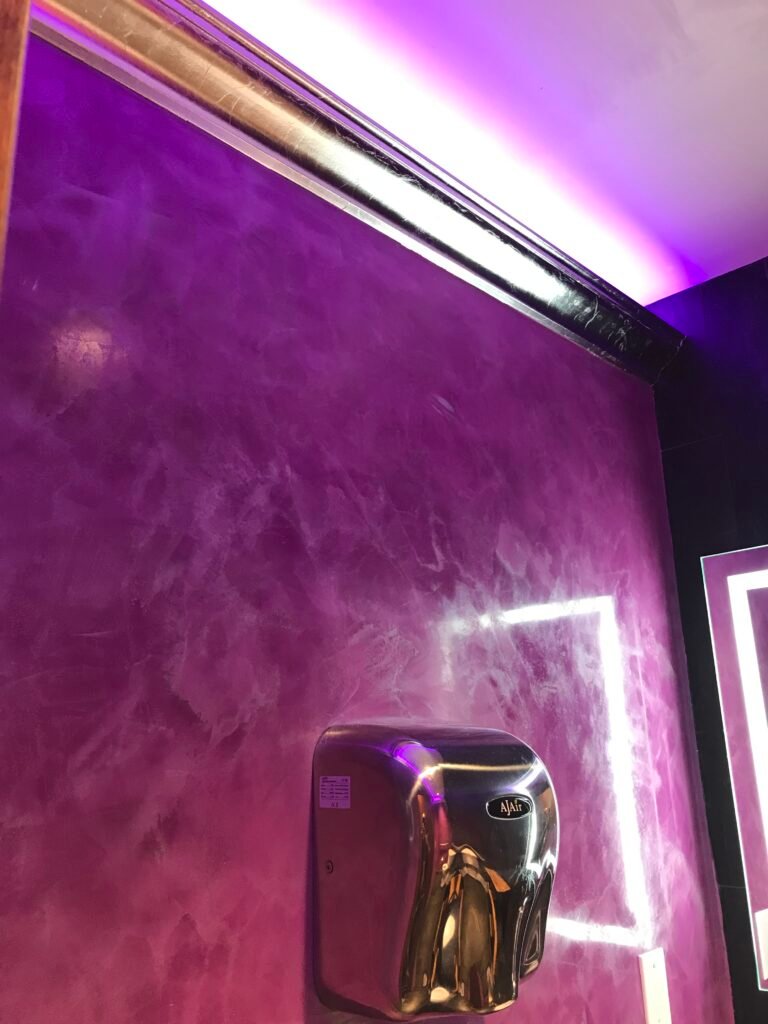
Diverse Designs: Incorporating Venetian Plaster for a Unique and Personalized Touch
Venetian plaster can be pivotal in diverse designs, where creativity and individuality shine. Using techniques like Marmorino and polished plaster, you can create stunning stucco walls that reflect your unique taste.
Venetian plaster allows endless customization, whether you desire a smooth, glossy finish or a more textured surface. This versatility ensures that your walls become a true expression of your style, enhancing the eclectic charm of your space.
Exploring Different Venetian Plaster Techniques and Finishes
The great thing about Venetian plaster is that it’s not just a single method or look. It’s a versatile art form with various application techniques, and around here, we love to push the envelope and explore it all.
Whether you’re aiming for a matte finish for a subtle, sophisticated look, a smooth finish for a sleek and modern appeal, or a textured surface that showcases the beauty of natural materials, there’s a Venetian plaster style that will suit your vision.
Top 5 Techniques of Venetian Plaster

- Traditional Application
- Description: This classic technique involves applying multiple thin layers of plaster with a trowel and then burnishing them to create a smooth, polished surface.
- Best For: Elegant, timeless interiors.
- Key Feature: High gloss finish that reflects light beautifully.

- Marmorino
- Description: A traditional Italian method using lime putty and crushed marble to create a subtle, satin-like finish.
- Best For: Both modern and classic settings.
- Key Feature: Versatility in texture, from smooth to slightly rough.

- Scagliola
- Description: An intricate technique that mimics the look of marble, often used for columns, moldings, and other architectural details.
- Best For: Grand, luxurious interiors.
- Key Feature: Realistic marble appearance with rich, vibrant colors.

- Stucco Veneziano
- Description: A multi-layer technique with natural lime and marble dust creates a highly polished, mirror-like finish.
- Best For: Contemporary and minimalist spaces.
- Key Feature: Extreme smoothness and high sheen.

- Textured Plaster
- Description: This technique uses various tools and methods to create a range of textures, from rough and rustic to soft and subtle.
- Best For: Eclectic and rustic interiors.
- Key Feature: Adding depth and dimension to walls creates a tactile experience.
Closing Thoughts
Venetian plaster walls offer transformative power beyond aesthetics, adding sophistication and luxury to any space. This article covered integrating Venetian plaster walls into various styles, from minimalist to traditional to diverse designs, and detailed top techniques like traditional application, Marmorino, Scagliola, Stucco Veneziano, and textured plaster.
Beyond visual appeal, Venetian plaster is durable, eco-friendly, breathable, and hypoallergenic, ensuring longevity and improved indoor air quality.
Read our other article detailing the comprehensive benefits of Venetian plaster walls. Let your walls become a testament to timeless elegance and functional beauty.
FAQ’s
1. How durable is Venetian plaster, and is it suitable for high-traffic areas? Venetian plaster is quite durable, especially when applied correctly over stone or cement surfaces. It can withstand wear and tear, making it suitable for high-traffic areas like hallways, hotels, and restaurants. However, Venetian plaster is more prone to damage when applied over drywall, so use it on feature walls or ceilings in those cases.
2. Can I customize the color and texture of Venetian plaster walls to match my interior design? Yes, Venetian plaster is highly customizable. You can choose from various colors and textures to complement your interior design.
3. Is Venetian plaster suitable for modern, minimalist interiors? Absolutely! Venetian plaster is ideal for modern, minimalist spaces because it adds subtle texture and warmth without overwhelming the room. A smooth, polished finish in neutral tones can enhance the minimalist aesthetic, adding depth and sophistication.
4. How do I maintain Venetian plaster walls? Maintaining Venetian plaster is easy. A soft, damp cloth is usually sufficient for regular cleaning. For high-sheen finishes, you might want to apply a protective wax coating every few years to maintain their shine. Avoid harsh chemicals, as they can damage the finish.
5. Can Venetian plaster be applied to any wall surface?
Yes, it can be applied to various surfaces, but it’s most durable when used on stone, cement, or concrete. While you can apply it to drywall, the finish is more susceptible to chipping or cracking in high-traffic areas. Therefore, consider using it on feature walls, ceilings, or areas with minimal contact for the best results.

